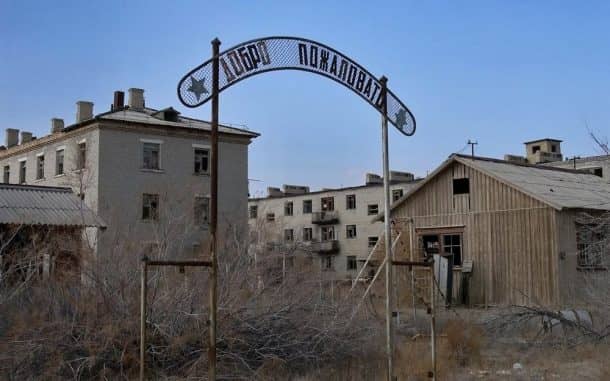Man has waged war since the beginning of time. Starting from primitive weapons, progressing to swords and later, guns and tanks, there is a continuous strive to develop a new range of weapons that can be used when needed. In the 1920s, the Soviet government started their search for an isolated piece of land to develop a military complex to test biological weapons.
The place they were looking for was an isolated island surrounded by deserts within the boundaries of their own empire. The shortlisted sites included an island in the white sea and another one on Lake Seliger. Eventually, they settled on Vozrozhdeniya Island in the Aral Sea, which was to become the world’s largest biological-warfare testing ground.
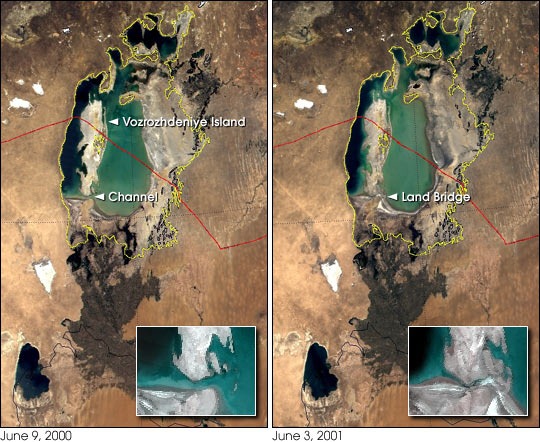
A top-secret biological weapons laboratory, nicknamed Aralsk-7 was set up here in 1948. Before it eventually closed down towards the end of the 20th century, the island was home to testing of some of the deadliest pathogens out there. These included plague, anthrax, smallpox, brucellosis, tularemia, botulinum and Venezuelan equine encephalitis. Besides these, other diseases were modified genetically to make them resist the effects of medication.
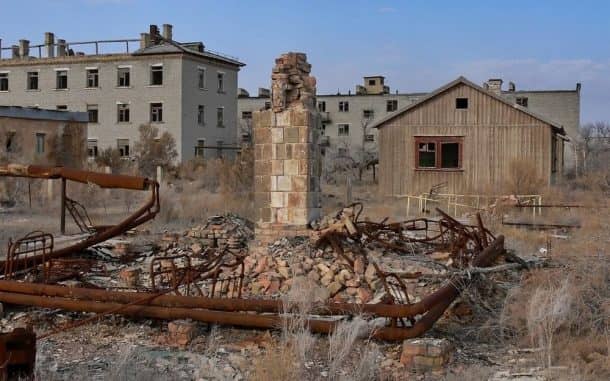
Gennadi Lepyoshkin, a physician, microbiologist and retired colonel in the Soviet Army, spent 18 years on the Vozrozhdeniye Island. While talking to a journalist of The New York Times, he said “We used monkeys, about 200 to 300 each year. Our staff would take them out to the range and they would put them in cages next to devices that measured the concentration of germs in the air. Then after they were exposed, they were taken to the labs, where we would test their blood and monitor the development of a disease in them. They would die within weeks, and we would perform autopsies.”
The island’s only town, Kantubek housed 1,500 people working on the island during the days it was functional. According to the colonel, “It was a beautiful place.” There was a social club, a stadium, a couple of schools and shops situated there but what made it beautiful was, ”The water was clear; it came right up to the town, and we used to swim and sunbathe after work.”
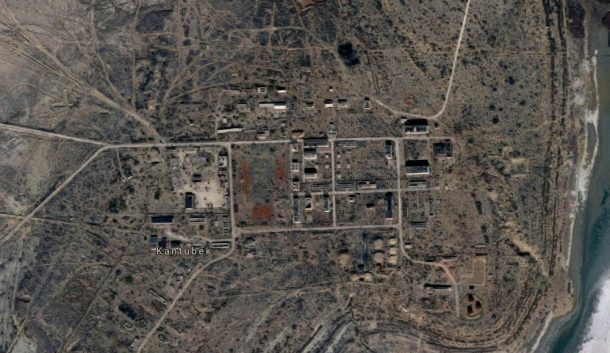
The island has been absorbed into the surrounding desert as the Aral Sea dried up. The entire city of Kantubek lies in ruins as everything was ransacked by scavengers after it was abandoned by the Russians. The Aral Sea used to be the 4th largest lake in the world at the time the facility was made here, with an area of 68,000 square kilometers. The irrigation scheme was ill planned and sucked water from the rivers that supplied the lake. The island which was 200 square kilometers in the beginning, grew till it increased ten-fold in size. Eventually, it became part of the mainland as the channels situated to the south of the island dried up.
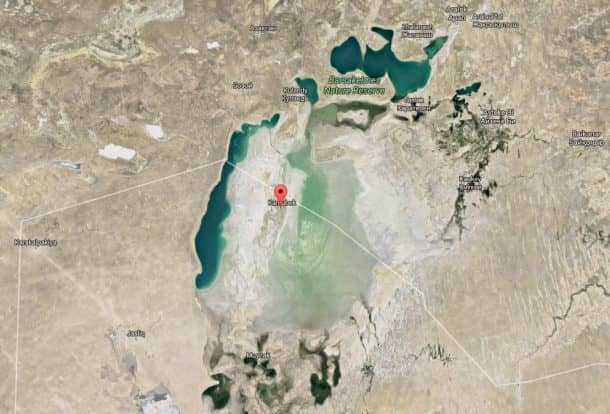
Experts believe that most of the disease-causing agents would have been exterminated by now. The extreme conditions and high temperatures on the island would have eradicated all but anthrax, which has the ability to survive in soils for centuries. At the time of departure, the Soviets buried huge amounts of anthrax spores here to cover the violation of the 1972 treaty that banned all biological arms.
At the beginning of the 21st century, US and Uzbek officials came to the island to set fire to the warehouses containing remains of the previous experiments to extinguish any disease-causing pathogens that still remained. The US Defense Department is of the belief that all spores have been destroyed, but there is no way to know for sure.
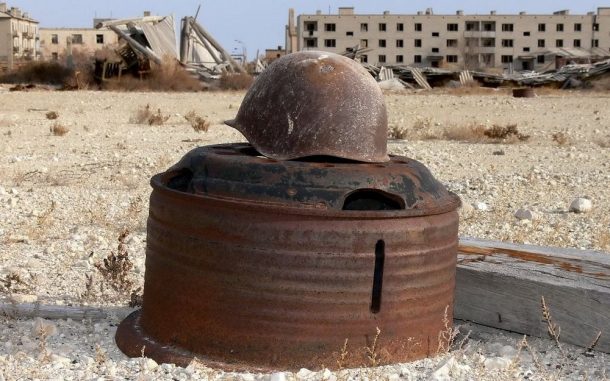
Lepyoshkin and the other officials who worked on the island, however, are not convinced and believe that the diseases could have manifested themselves into families of rats and could be passed on to humans at some time in the future. The scavengers that frequent the once restricted island wear no protective gear and are at a huge risk. Another huge risk is the Kazakh government luring the oil industry with the promise of great discoveries below the Aral Sea, and exploratory digging is underway. Who knows what sort of skeletons will come up!
